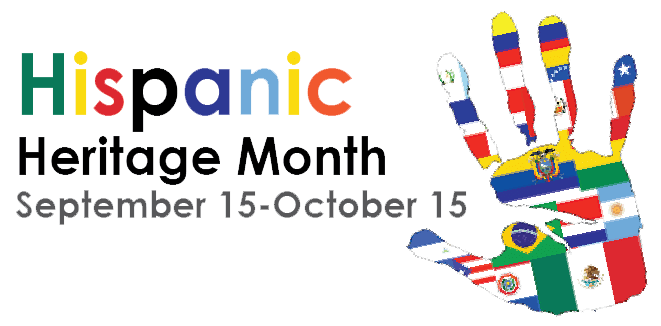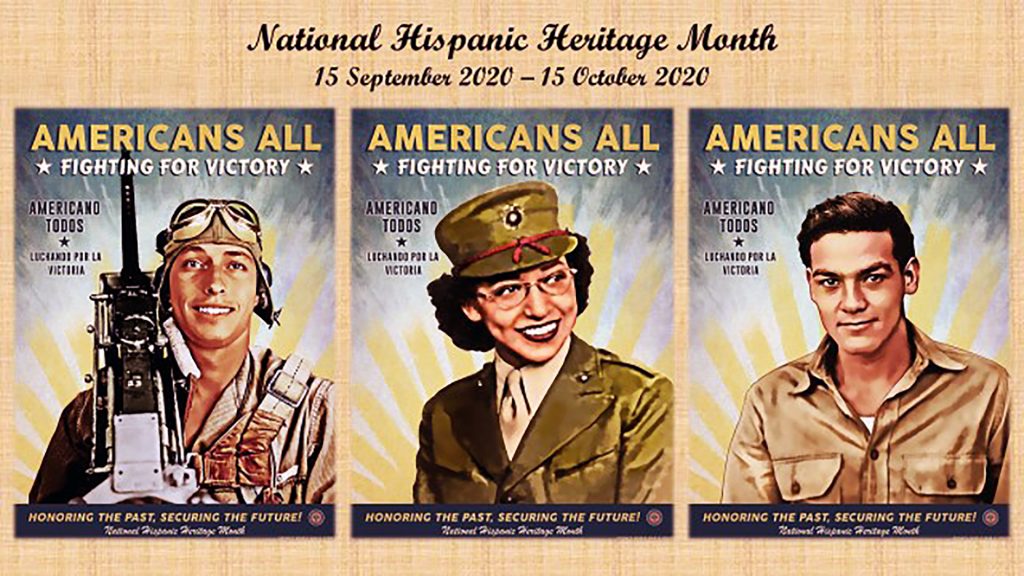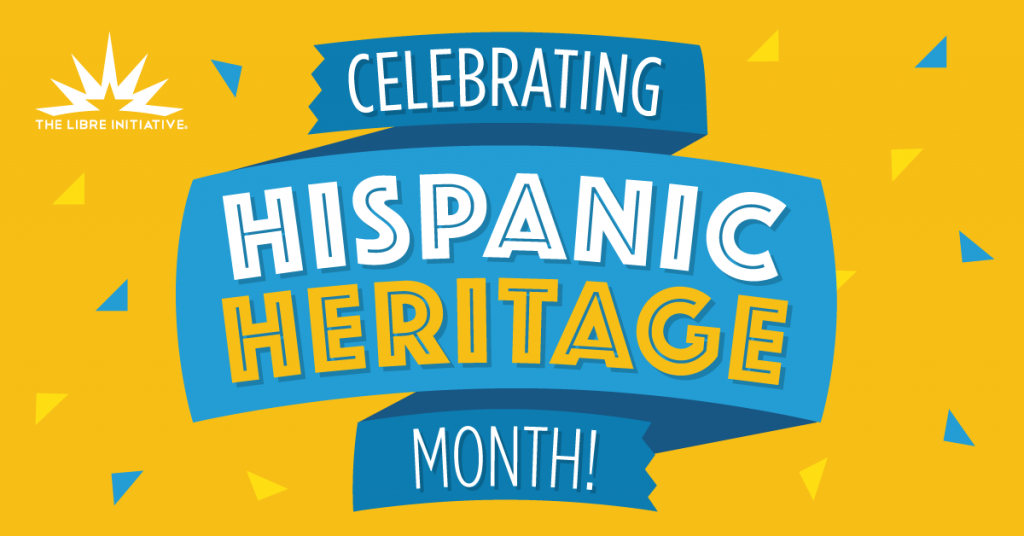
Americans celebrate National Hispanic Heritage Month by appreciating the community’s history, heritage, and contributions of the ancestors of American citizens who came from Mexico, Spain, the Caribbean, and South- and Central America.
Hispanic Heritage Month originally started with one week of commemoration when it was first introduced by Congressman George E. Brown in June 1968. His aim was to recognize the integral roles of these communities in American history. Observation of Hispanic Heritage Week started in 1968 under President Lyndon B. Johnson and was later extended to a 30-day celebration by President Ronald Reagan, starting on September 15 and ending on October 15. It was enacted into law via approval of Public Law 100-402 on August 17, 1988.
September 15 is set as the starting date for the month as it is important for many reasons. It is the independence anniversary for Latin American countries El Salvador, Guatemala, Costa Rica, Nicaragua, and Honduras. From here onwards, the independence days of Mexico and Chile fall on September 16 and September 18, respectively. Dia de la Raza or Columbus Day also falls within this month, on October 12.
Hispanic Americans have been integral to the prosperity of the U.S. Their contributions to the nation are immeasurable, and they embody the best of American values. The Hispanic-American community has left an indelible mark on the U.S. culture and economy.

12 Hispanic Heritage Month Activities to Try This Year:

